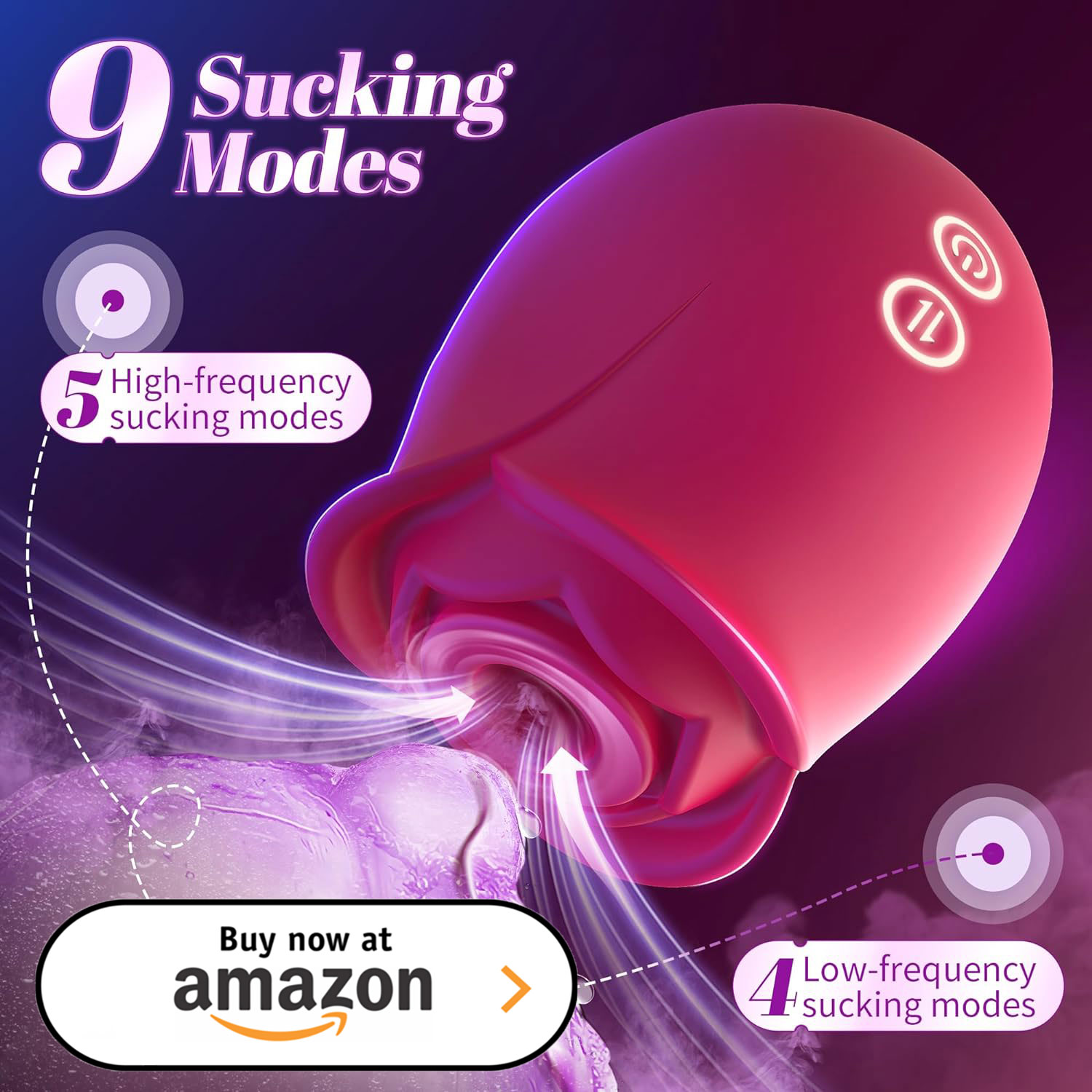What makes a sex toy uncomfortable or difficult to use, based on reviews?
User reviews often provide valuable insights into what makes a sex toy uncomfortable or difficult to use. Various factors can affect the overall experience, and understanding these can help both consumers make informed choices and manufacturers improve their designs. Below is a detailed examination of the common issues reported by users regarding discomfort and usability.
1. Material Issues
Body-Safe vs. Non-Body Safe Materials
- Irritation and Allergies: Many users express discomfort when toys are made from materials that are not body-safe, such as certain plastics or jelly materials. These can cause allergic reactions or irritation, leading to a negative experience.
- Lack of Flexibility: Harder materials like certain metals or rigid silicone can be uncomfortable during use, especially if the toy is not designed for gentle stimulation. Users often report discomfort when the toy cannot adapt to the body’s contours.
Texture and Finish
- Rough or Uneven Surfaces: Toys with poorly finished surfaces or harsh textures can cause discomfort during use. Users frequently mention that they prefer smooth, seamless designs to avoid irritation.
- Odor: Some toys made from low-quality materials may emit strong chemical odors. This not only affects the initial impression but can also contribute to discomfort during use.
2. Design Flaws
Shape and Size
- Inappropriate Dimensions: Users often find that toys that are too large or too small for their anatomy can be uncomfortable. Dildos and vibrators that are too thick can cause pain, while those that are too small may not provide the desired stimulation.
- Curvature: While many users appreciate curved toys for G-spot stimulation, if the angle is not well-designed, it can lead to discomfort. Users frequently report difficulty in finding a comfortable position with poorly angled toys.
Weight and Balance
- Too Heavy: Toys that are excessively heavy can cause hand fatigue or make it difficult to control during use. This can detract from the overall experience, as users may become preoccupied with managing the weight rather than focusing on pleasure.
- Poor Balance: Toys that do not have a balanced design may shift during use, making it hard to maintain control. Users often express frustration with toys that require constant adjustments to keep them in the right position.
3. Ergonomics
Grip and Control
- Slippery Handles: Many users report that toys with inadequate grips can become difficult to hold, especially when lubricants are involved. A slippery handle can lead to awkward positioning and discomfort during use.
- Fatigue: Toys that require significant effort to control can lead to hand fatigue, detracting from the overall enjoyment. Users often seek toys that are designed to be held comfortably without straining the hand.
Size and Contour of Handle
- Inadequate Size: Handles that are too small or poorly shaped may not provide the necessary support for comfortable use. Users prefer toys that allow for a natural grip without excessive strain.
4. Vibration and Noise Levels
Overly Strong or Weak Vibrations
- Discomfort from Intensity: Some users may find certain vibrators to be too strong, causing discomfort or numbing sensations. Conversely, toys that lack sufficient power may fail to deliver the stimulation users desire.
- Inconsistent Performance: Users often report frustration with toys that have variable or weak vibrations, leading to a disappointing experience when they cannot achieve the desired pleasure.
Noise
- Discreet vs. Noisy: Users often prefer quiet toys for privacy reasons. Noisy toys can create a distracting environment, leading to discomfort and a lack of focus on pleasure.
5. Battery and Power Issues
Battery Life
- Frequent Recharge/Replacement: Users express frustration with toys that have short battery life or require constant recharging. This can interrupt the experience and lead to disappointment when the toy runs out of power at an inopportune moment.
Power Source
- Corded vs. Cordless: Some users prefer cordless toys for ease of movement, while others may find corded toys cumbersome. Those who opt for cordless often report dissatisfaction when the battery runs low during use.
6. Cleaning and Maintenance
Difficulty in Cleaning
- Complex Designs: Toys with intricate designs or multiple parts can be challenging to clean thoroughly, leading to hygiene concerns. Users frequently mention that they prefer toys that can be easily cleaned and maintained.
- Material Compatibility: Some materials require special cleaning procedures, which can deter users who seek convenience. Toys that are not waterproof may also pose cleaning challenges.
7. Lack of Versatility
Limited Use Cases
- One-Dimensional Functionality: Users often express dissatisfaction with toys that are designed for a single purpose and lack versatility. Many prefer toys that can be used in multiple ways or that can cater to various preferences.
- Poor Compatibility with Other Products: Toys that do not work well with lubes or are incompatible with other toys can lead to disappointment and discomfort during use.
8. User Experience and Expectations
Misleading Descriptions
- Expectations vs. Reality: Users sometimes feel misled by product descriptions that do not accurately reflect the toy’s performance or comfort. This can lead to dissatisfaction and discomfort, as the toy does not meet their needs.
Personal Preferences
- Subjective Experiences: Individual preferences can play a significant role in how comfortable a toy feels. What works for one person may not work for another, leading to varying reviews and feedback.
Conclusion
Several factors contribute to discomfort and difficulty in using sex toys, as highlighted by user reviews. Issues related to material quality, design flaws, ergonomics, vibration intensity, power reliability, cleaning challenges, and personal preferences all play crucial roles in shaping the user experience. By paying attention to these factors, consumers can make informed choices and find toys that enhance pleasure rather than detract from it. Additionally, manufacturers can use this feedback to improve their designs and create more user-friendly and satisfying products. Understanding the common complaints can ultimately lead to a more enjoyable experience for all users.

